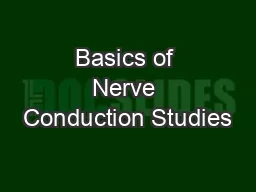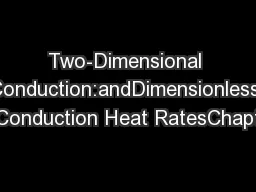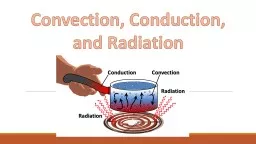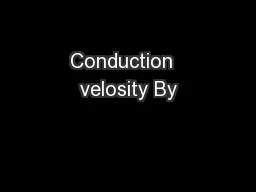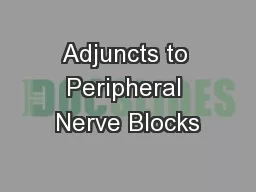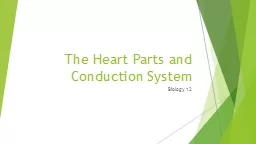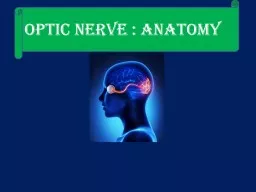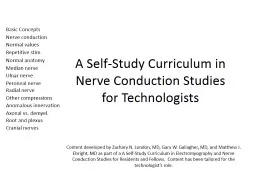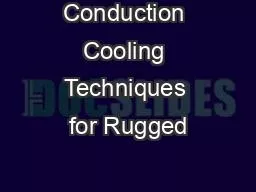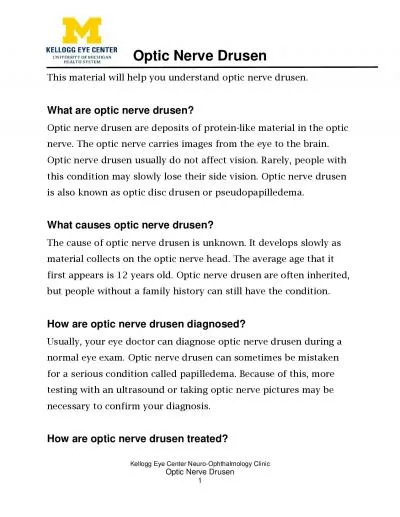PPT-Basics of Nerve Conduction Studies
Author : luanne-stotts | Published Date : 2018-09-22
Review Diana Mnatsakanova Neuromuscular Fellow Utilized as a study resource for the CNCT examination by AANEMABEM with permission from Diana Mnatsakanova Objectives
Presentation Embed Code
Download Presentation
Download Presentation The PPT/PDF document "Basics of Nerve Conduction Studies" is the property of its rightful owner. Permission is granted to download and print the materials on this website for personal, non-commercial use only, and to display it on your personal computer provided you do not modify the materials and that you retain all copyright notices contained in the materials. By downloading content from our website, you accept the terms of this agreement.
Basics of Nerve Conduction Studies: Transcript
Download Rules Of Document
"Basics of Nerve Conduction Studies"The content belongs to its owner. You may download and print it for personal use, without modification, and keep all copyright notices. By downloading, you agree to these terms.
Related Documents

